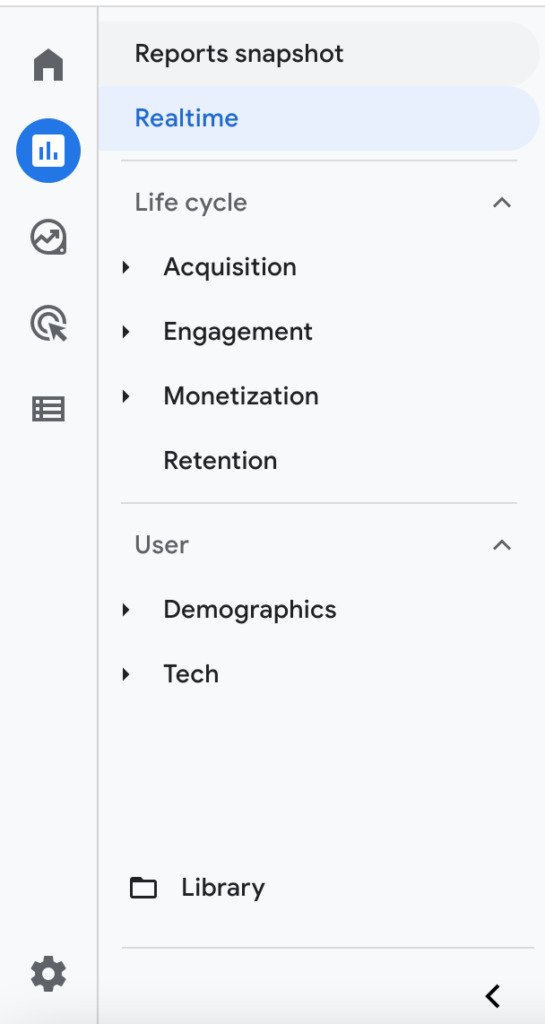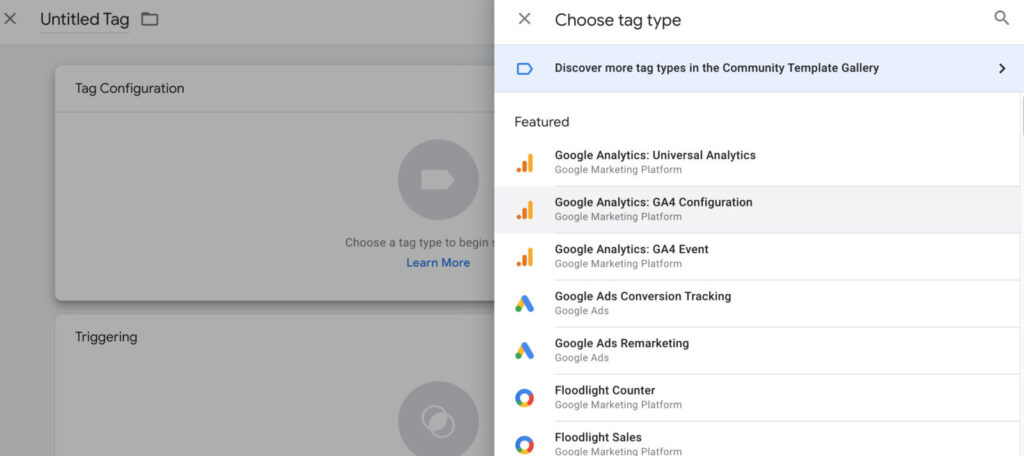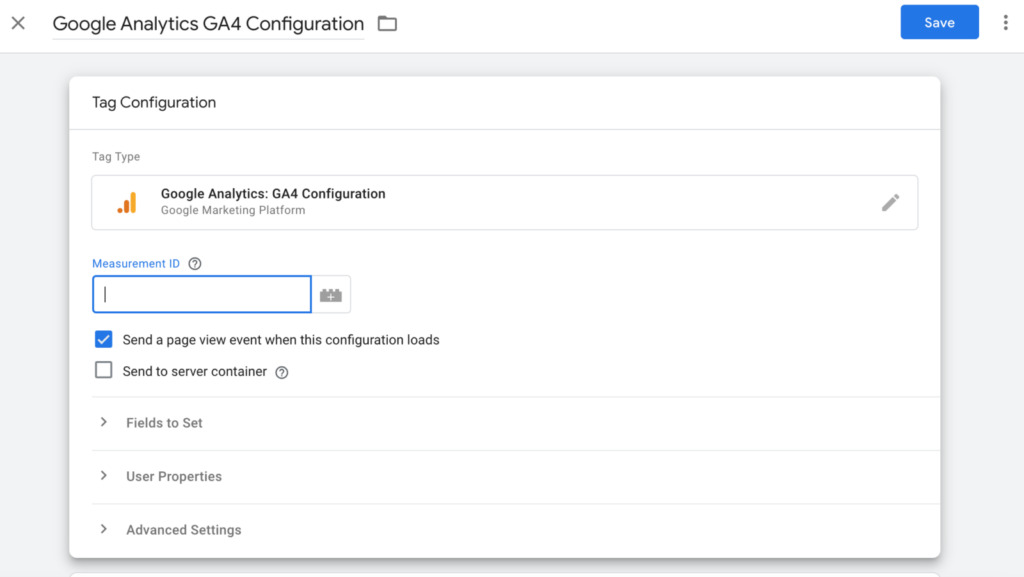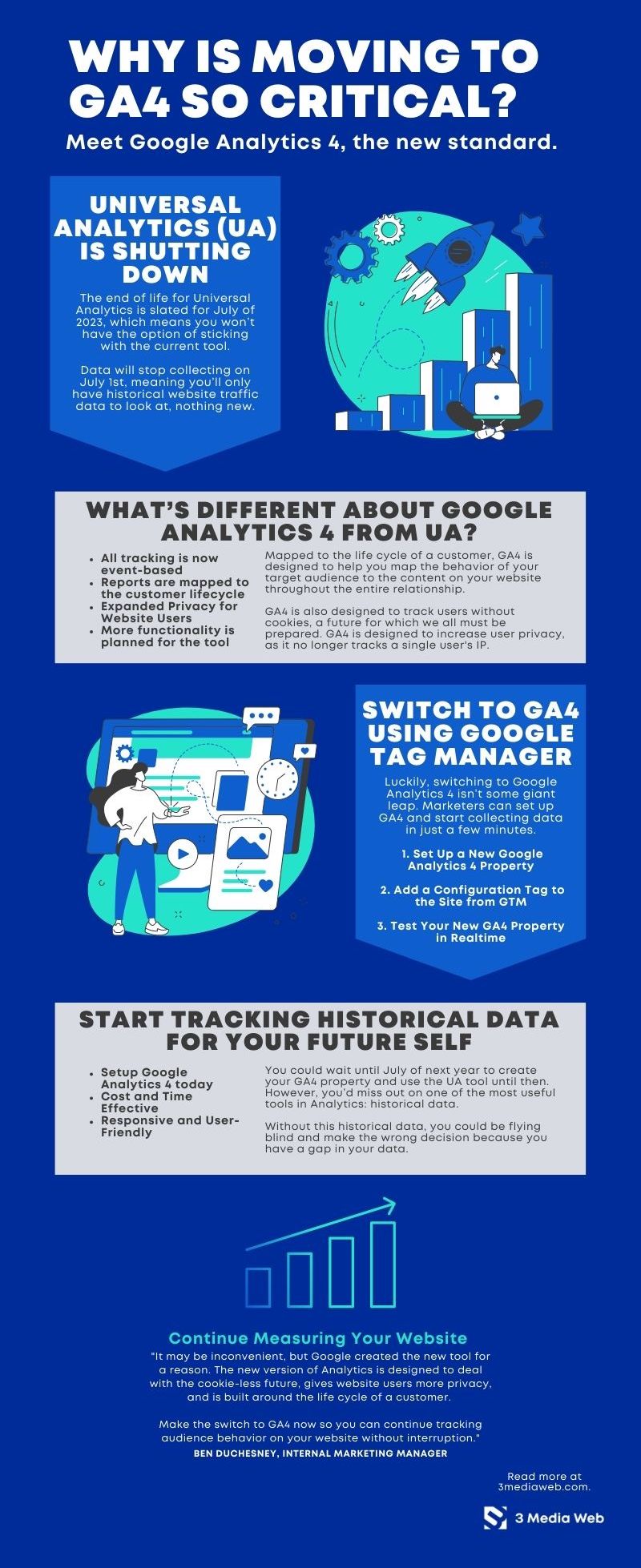Many marketers and business owners are starting to hear more and more about Google Analytics 4, and that’s for good reason.
The new version of Universal Analytics is here to stay, and digital marketers should start adapting their reporting today or be left with gaps in their data.
Find out why now is the time to switch to GA4, how it’s different from the Analytics you’re used to, and even how to set up GA4 on your website.
Interested in getting started with Google Analytics 4 today? We’re here to help! Contact us today to get started.
Because We Don’t Have A Choice to Continue with UA
Google has stated the end of life for Universal Analytics is slated for July of 2023, which means you won’t have the option of sticking with the current tool for tracking website traffic. We assume the tool will continue to exist, and only data will stop collecting on July 1st, meaning you’ll only have historical data to look at, nothing new.
Start Tracking Historical Data for Your Future Self
You could wait until July of next year to create your GA4 property and use the UA tool up until that point. However, you’d miss out on one of the most useful tools in Analytics: historical data.
Think of your future self one year from now. Setting up GA4 now will allow you to look back year over year and see how your website behaves over time. This is crucial for determining what to change on your website. Without this historical data, you could be flying blind and make the wrong decision because you have a gap in your data.
What’s Different About Google Analytics 4 from UA?
One glance down the left side of GA4 will provide insight into how the new tool is set up. Mapped to the life cycle of a customer, GA4 is designed to help you map the behavior of your target audience to the content on your website throughout the entire relationship.

GA4 is also designed to track user behavior on the internet without cookies, a future for which we all must be prepared. GA4 is designed to increase user privacy, as it no longer tracks the IP and other specific details of a single user, instead tracking behaviors across multiple user groups.
Check out this documentation from Google that explains all of the different ways Google Analytics 4 is different from Universal Analytics.
How to Make the Switch to GA4 Using Google Tag Manager
Luckily, switching to Google Analytics 4 isn’t some giant leap. Marketers can set up GA4 and start collecting data in just a few minutes.
Here’s how to get started using Google Tag Manager, our recommendation for adding any code or tracking triggers to your website.
1. Set Up a New Google Analytics 4 Property
Within your current Google Analytics account, navigate to the Admin settings page. Under property settings, click “Create Property.”

Name your property, tell Google more details about your business, and click Next. Enter the domain name URL for your website and give the new data stream a name.

Copy the Measurement ID for your new Google Analytics property and head over to Google Tag Manager (GTM).
2. Add a Configuration Tag to the Site from GTM
Create a new tag in GTM and select Google Analytics GA4 Configuration as the tag type.
Enter the GA4 Measurement ID you copied from the Data Stream settings in Google Analytics 4.
Add a pageview trigger set to fire on All Pages. Name your new GA4 configuration tag and click save.
Submit the new workspace changes to the live set, and you’re all done!
3. Test Your New GA4 Property in Realtime
Navigate to the Realtime Report in your new Google Analytics 4 property and pull up your website in a separate, incognito browser to double-check that you’re tracking website data.
Additionally, you should also recreate the same goal conversions that you have set up in Universal Analytics within your new Google Analytics 4 property. If you used Google Tag Manager to set up your UA conversions, creating GA4 events follows much of the same process.
The 3 Media Web team is here to help make the switch to Google Analytics 4 even easier. Contact us today to get started.

Find out why moving to Google Analytics 4 is vital to your business.
Make the Switch to Google Analytics 4 Today to Continue Measuring Your Website’s Effectiveness
To measure the impact of your website on your business’s bottom line, make sure to use the latest tools and technologies. It may be inconvenient that Google is shutting down Universal Analytics, but they’ve made the switch for a reason.
The new version of Analytics is designed to deal with the cookie-less future of the internet, gives website users more privacy, and is built around the life cycle of a customer. Start making the switch to GA4 now so you can have historical data and also the skill set to collect the most accurate data––ahead of the competition.
The Importance of Customized Analytics
Several years after the “Big Data revolution,” it’s not news to most organizations that data is one of their most valuable assets. Still, those same organizations often struggle to figure out how to extract the most value out of their analytics of website traffic.
In part, this struggle can be attributed to the fact that reams of data are not inherently useful. Indeed, “data floods” can harm more than they help when that information is not effectively curated—and expecting data in any form to automatically generate its value is a common mistake.
Given those facts, how can you ensure you’re able to extract true value from your data while also preventing it from overwhelming your decision-making capabilities? In nearly every case, the answer is simple: customize your analytics.
The Mistake of Cookie Cutter Analytics
When analyzing complex data streams, one size does not fit all. Adopting a cookie-cutter or template-driven approach to data analysis is a common source of operational friction. It can leave you wondering what benefit all that data is producing for you.
While standardized or default analytics models are built to cover the widest possible variety of use cases, they’re accordingly non-specific and nebulous by design. Since every organization needs to use its data for highly specific purposes with clearly defined goals, it’s no wonder the default option comes up short so often.
The Data Drill-Down
One of the most important functions of a large data set is the ability to “drill down” into deeper layers. Whether to find specific insights, examine small-scale problems in context, or simply ensure you understand the numbers behind your conclusions.
With customized website traffic analytics, you can begin creating processes that automatically curate large data sets to make them available for more focused uses. Instead of manually—and laboriously—searching through 2,000-page .csv spreadsheets, you need to be able to instantly and automatically call up pre-configured analytics that is customized for each function you’re trying to perform.
Indeed, this sort of deeper dive into a data set is precisely where most marketers begin to extract true value, especially in the context of campaign analytics.
Suppose you’ve ever wanted to take a closer look at something or answer a follow-up question about a specific data point but had no way to find those details within a sea of information. In that case, it’s a sign that your analytics aren’t helping.
The Time Sink of Reporting and Presentation
Any organization with a marketing function relies on regular reporting and presentations to monitor ongoing campaigns, so it’s no wonder many marketers feel like they spend their entire lives trying to assemble reports.
Suppose the first step in your reporting process is always centered on simply organizing the related data. In that case, you’re effectively starting from scratch every time and could easily waste thousands of unnecessary hours yearly.
With customized website traffic analytics, you can pre-configure your databases to produce the information you often use for your reports automatically. In the best case, customized analytics can inherently produce new value by highlighting relationships or insights between different data sets that you may not have noticed otherwise.
Bad Data Leads to Bad Conclusions
Along with optimizing the organization and processing of your data, it’s vital to ensure that data is high-quality. Now that the digital economy has fully matured, most organizations can easily access thousands of third-party analytics services and other outside data sets. However, third-party data can vary wildly in both quality and utility, and you’ll always struggle to find real value in data that was poorly gathered to begin with.
In most cases, your first-party data should be your top priority—and the first data set you review when making important decisions. Instead of immediately trying to find a third-party partner or outsourced customer contacts list, make sure you’re extracting the most value out of your in-house analytics of website traffic first.
Any marketing campaign will have various metrics being tracked throughout its duration. If you’re not assembling that data into useful analytics before looking for third-party sources, you may be dooming yourself to poor decision-making.
The Data Yardstick
Even once you’ve ensured the integrity and value of the data, it’s still of little use when you’re not using analytics to track your performance. Data-driven decision-making isn’t just a slogan, it’s a vital operational component in the modern marketing world.
Try this simple experiment: Review your data about a past campaign from launch to conclusion, and find in-depth information about how your target audience responded at every step. Without properly customized analytics, chances are you have wide gaps in that data stream and may only have numbers related to the final campaign results.
But what if you want to figure out why a campaign performed the way it did or identify which stage of the process performed worse than expected? If you’ve customized your analytics to produce data tailored to each campaign component, that’s probably an easy answer to find. But if you’re still working with cookie-cutter methods, that task may be impossible.
Ultimately, it’s important to remember that data isn’t a tool, it’s a resource. Just as a bag of flour doesn’t automatically turn itself into baked goods, your data only performs the functions you’ve created for it. Without customized analytics, you’ll never be able to make the best use of your information.
Keep Optimizing Your Data
The secret to good data is constantly evolving your reporting based on your successful experiments and changing business needs. The best analytics of website traffic show data that provides insight rather than just a pretty growth curve you can show in meetings or to your higher-ups. The data isn’t the end goal, just a tool you use to advance your business online.
Work with other members of your team to create best practices, both for reporting your data, but also implementing it in the first place. If everyone is clear about the data going into your reporting, the output should be just as clear to everyone involved.
